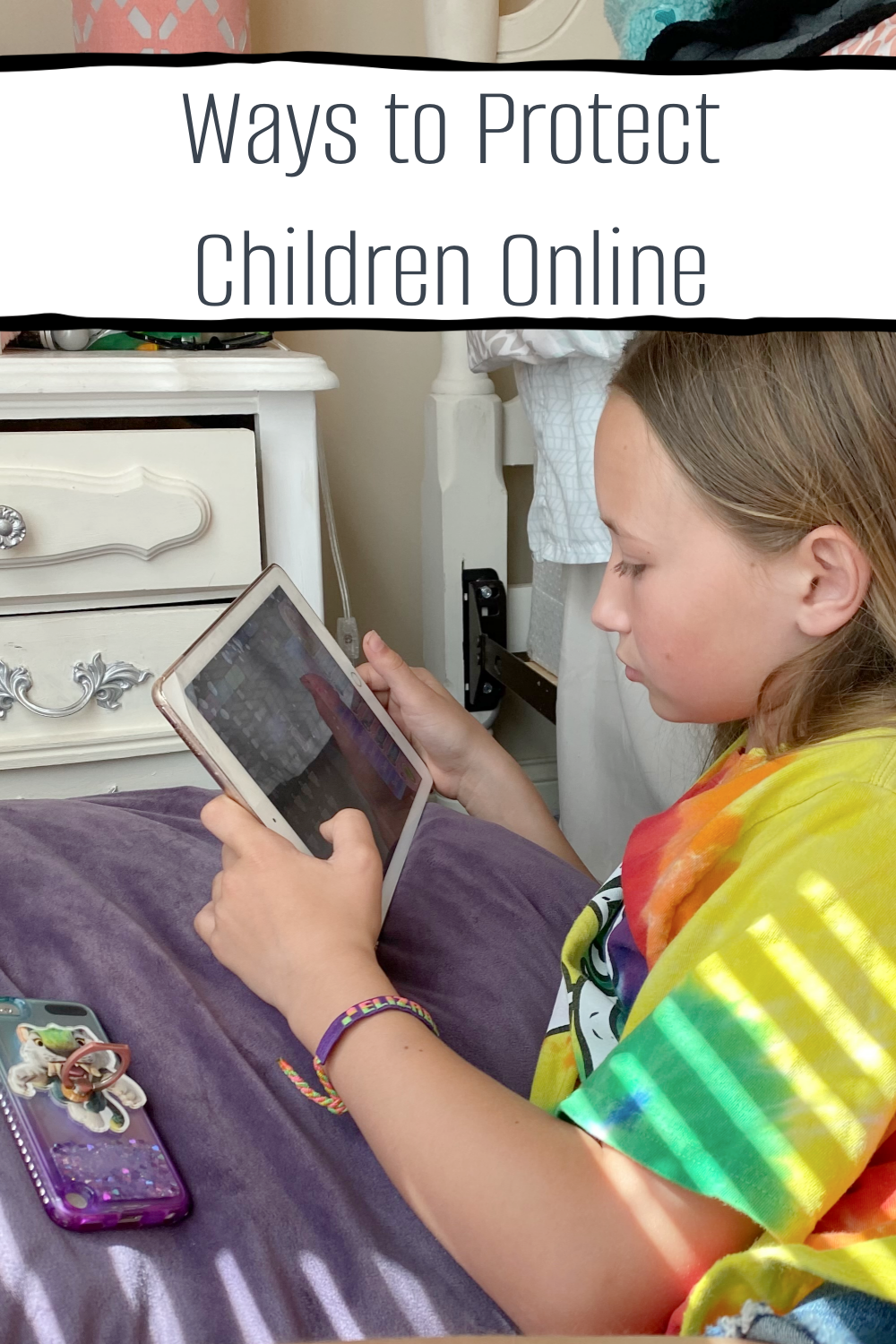Find out about 7 innovative ways to help a child with autism
communicate. Read on for the answers!
Children that have been diagnosed with an autism spectrum disorder will often have trouble
communicating as they grow up. Fortunately, there are many different ways to help a child
with autism develop their communication skills so that they can forge meaningful
relationships with others as young children and adults. Some examples include things like
imitating your child and giving them space to talk. You can find lots of information about
how to help your child with autism at places like an aba center, which create programs that
are tailored to help children with autism learn new skills and how to behave. Here are six
innovative ways to help a child with autism to communicate.
Encourage play and social interaction
Play is an extremely important aspect of a child’s development. It helps them to learn and is
essential for their growth as individuals. Children with autism are no different, and should be
encouraged to play and have plenty of social interaction. The more a child with autism is
exposed to being around others, the more comfortable they will be in the company of new
people, which will give them opportunities to develop relationships and make friends.
The games you can play with your child can be as simple as things such as singing together
and playing fun games that stimulate their brain to solve tasks. One thing that you can do
whilst playing with your child is to make sure you are sitting right in front of them at eye level
so it’s easy for them to see and hear you.
Imitate your child
Imitating your child doesn’t sound like it would be that useful in helping them develop
through their early years, but it’s actually true. Repeating what your child says helps to
engage their mind and focus on you. This is good for forming bonds with your child and
encourages them to interact with you and use their voice. Being vocal is something that can
be difficult for those with an autism spectrum disorder, so doing this from an early age is a
great way to help them become comfortable with speaking more often.
You can also imitate your child's actions when you play with them, which will engage their
brain to focus on your actions so that they will be more likely to respond. This is also useful
in creating connections with others from an early age, which is something that people with
autism can struggle with. One thing to keep in mind is to only imitate positive behaviors so
that you don’t run the risk of reinforcing bad habits.
Focus on nonverbal communication
Children use a lot of nonverbal cues to communicate, so it’s important to encourage this
from an early age. This can be done by using lots of eye contact and gestures as you interact
with them. Because individuals with autism can struggle with recognizing the emotions of
others, encouraging nonverbal communication from an early age will help them to better
understand how others are feeling through their actions and the way they speak. This type of communication lays the foundation for language that will stay with the child throughout their
adult life.
Leave space for your child to talk
Lots of parents love speaking to their children as much as possible, but it’s important that
the child is given some time to talk. By leaving some space for them to reply to something
you’ve said or done, you will encourage them to learn to communicate much faster and more
effectively, as well as to understand others. When the child does reply with a sound or
gesture, it’s a good idea to respond quickly so that the child understands how powerful
communication can be.
Simplify your language
Using simple language whilst communicating with a child with an autism spectrum disorder
makes it a lot easier for them to start learning how to listen and reply to you. Some children
with autism are nonverbal, and in these cases, it is a good idea to talk to them using single
words. If they’re capable of saying single words then you can start using short phrases.
Continue to communicate like this until they begin to understand and respond to full
sentences.
Follow your child’s interests
Whilst playing with a child, it can be a good idea to narrate their actions. For example, if
they’re playing with shapes that fit into different holes, you can say “shape” when the child
holds a shape, and “in” when they fit it into the correct hole. This helps the child to
understand language by associating words with their actions.










No comments
Thank you for dropping by! I would love to hear what you thought. :)
Thanks!
♥,
Diana